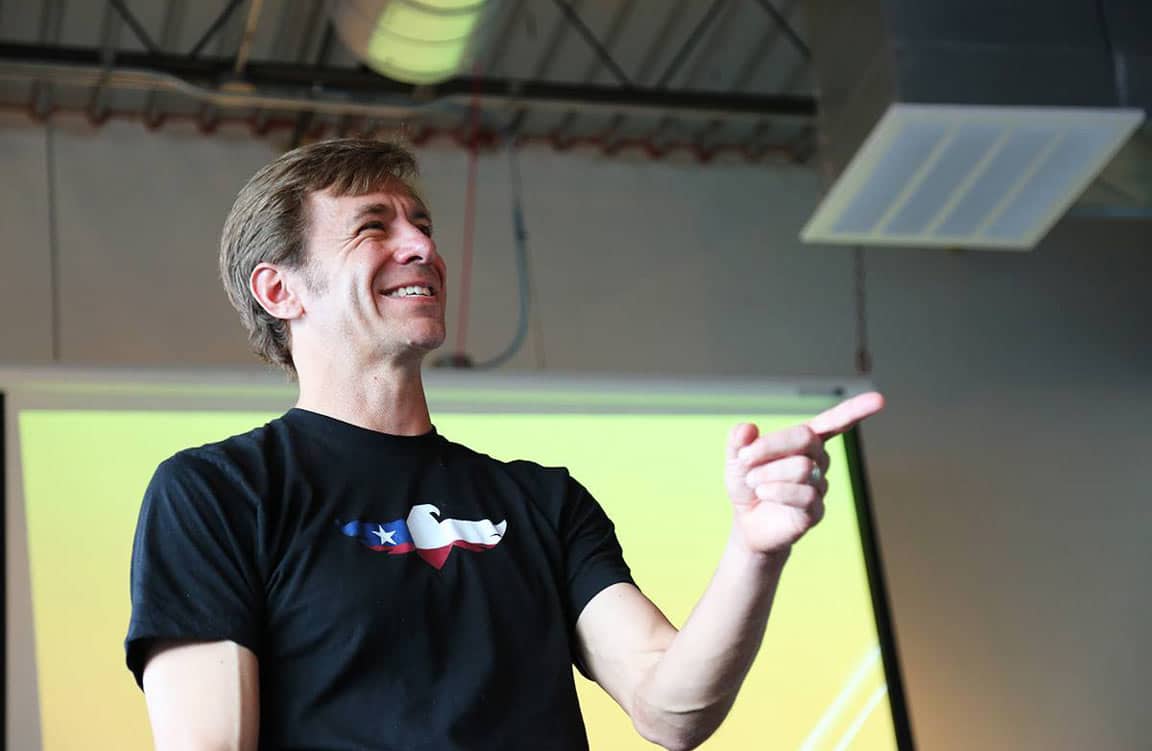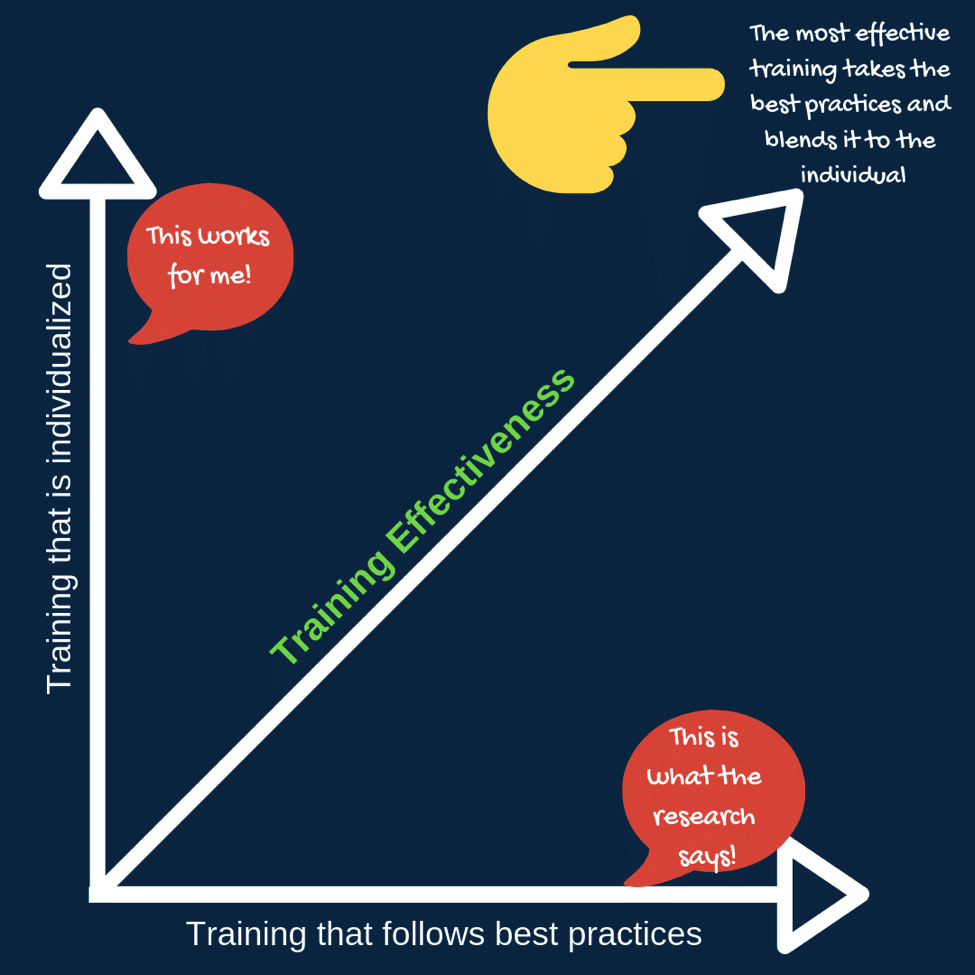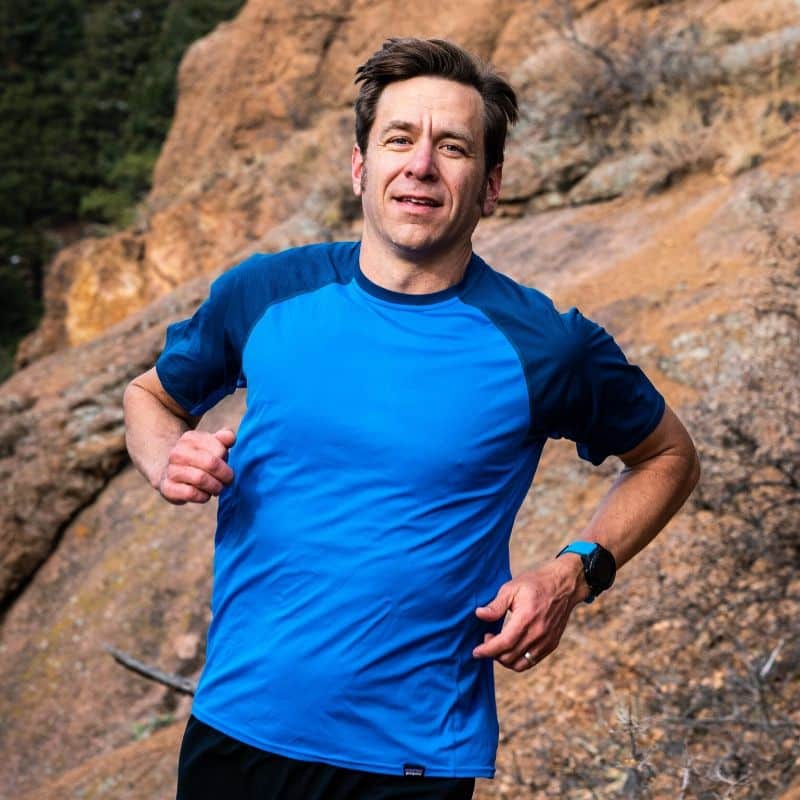
Best 4 Training Lessons from Top Ultrarunning Pros
By Jason Koop,
Head Coach of CTS Ultrarunning
For the February 2019 edition of Ultrarunning Magazine, I wrote an article outlining the training of the Ultrarunners of the Year, Courtney Dauwalter and Jim Walmsley. What you may not realize, is that the article was actually due December 10th, well before the year was over and even before the UROY ballots were even sent out (note, I am not on the UROY voting committee). To hedge my bets (and to learn something along the way), I interviewed not only Jim and Courtney, but Darcy Piceu and Jeff Browning, who also had outstanding seasons and were contenders to be the top vote getters.
While the purpose of the article was to describe their training, my coaching eye could not help but to notice what was behind the X’s and O’s that made them successful. And, while I don’t necessarily agree with everything they were doing, it’s hard to argue with the results. Here’s what all ultrarunners can learn from Jim, Jeff, Courtney and Darcy.
Be a year round athlete (but maybe not a year round runner)
All four runners shared this common trait. They thought of themselves as an athlete throughout the year. As a secondary thought, that athlete just happened to be training for some event. Many athletes will do the opposite. They will think of themselves as someone training for an event first and foremost. This mindset leads to training that is too narrow, short sighted and typically hallmarked with big breaks over the winter followed by ridiculous rapid ramp ups as panic sets in. As I’ve written before, being a year-round athlete might be the best thing you can do for your training. You will keep fitness in the bank and avoid the need to dig yourself out of the preverbal hole come January.
Each of these athletes accomplished this in different ways. Jeff and Darcy turned to alternate activities (cycling and skiing, respectively) after races or during the winter. Jim and Courtney ran more consistently, but still allowed themselves to recuperate and recover after races. The bottom line is when your event is over, take some time to recover and relish the process, but keep moving!
Don’t copy their training plans
Throughout the series of interviews, one thing that stood out was how vastly different each athlete’s training was – in just about every element you could find. Some athletes had super high training volume (Jim with 745 hours of running in 2018) while others were more moderate (Darcy with 542 hours of running). Structure was similarly disparate. Jim’s meticulous approach to organizing volume, intensity and the amount of vertical is perfectly contradicted by Courtney’s training: she might not know how long she will run until the run is actually over. I could go on and on and on with similar discrepancies on cross and strength training (which ranged from over 40% of total training time to next to nothing), stretching, how they rest after races, their nutrition plans, and even training logs (or lack thereof).
If any one of you reading this article thinks it’s a good idea to pattern your training after Jim, Jeff, Darcy or Courtney, think again. As illustrated in the figure below, training is best approached from a framework that blends best practices and individualization for a particular person. Each of these athletes has learned (and continues to learn, more on that later) what works for him or her, be it high/low mileage, equipment, intensity, structure or even what you are eating. So, as the cliché goes, listen to everyone, follow no one!
► Free Ultrarunning Training Assessment Quiz
Take our free 2-minute quiz to discover how effective your training is and get recommendations for how you can improve.

Make mistakes, recognize what to fix, and move on
No one is perfect, not even the UROYs. One thing that bonded these athletes together was the fact they could reflect on their year and point out what went right and what went wrong. For the wrong parts, each athlete (unprompted by me) offered a solution. Jeff realized that at points his strength was lacking due to inconsistency with cross and strength training routines. He then renewed his commitment to this by making it a weekly staple. Darcy recognized the importance of rest days, that she didn’t take nearly enough of them, and vowed to take more in the future. Jim fondly pointed out that “more (volume) does not always equal more (better results)” and recognized some limitations of his pre UTMB build up.
Enjoying This Article? Get More Free Running Training Tips
Get our coaches' best training advice, delivered straight to your inbox weekly.
As my father always told me when I got into trouble (which was a lot), “It’s OK to make mistakes, just don’t make the same one twice.” Athletes should take a similar cue by looking back at their training. Look at when you were running great, what you can do better and where you failed. A coach or one of your training partners can help with this exercise by offering an outsider’s opinion. Correct the errors, improve where you can and by all means, don’t make the same mistake twice.
Be a good person first
I would be remiss without thanking Jim, Jeff, Darcy and Courtney for their cooperation in the original article and being so forthcoming about their training. That’s not easy for any athlete, particularly one that is in the spotlight. While I don’t coach any of these athletes, I do have a great deal of respect for all of them. They are not only fine athletes, but also great people on and off of the trail. And maybe that’s the biggest lesson we all can learn. It’s one thing to be a good athlete that tears up the trails, wins races, and sometimes makes it all look easy. But, it’s far more impactful to be a good person.


Comments 2
Great article and I really appreciated the end. As a triathlete, I see to many of us that become selfish. I try very hard to take the other road and to be an “Ambassador” to endurance sports and push this for others as well.
Spot on as always Koop. You have an impressive grasp of the world of athletics and running in particular. Please continue to shower us with your knowledge and wisdom.